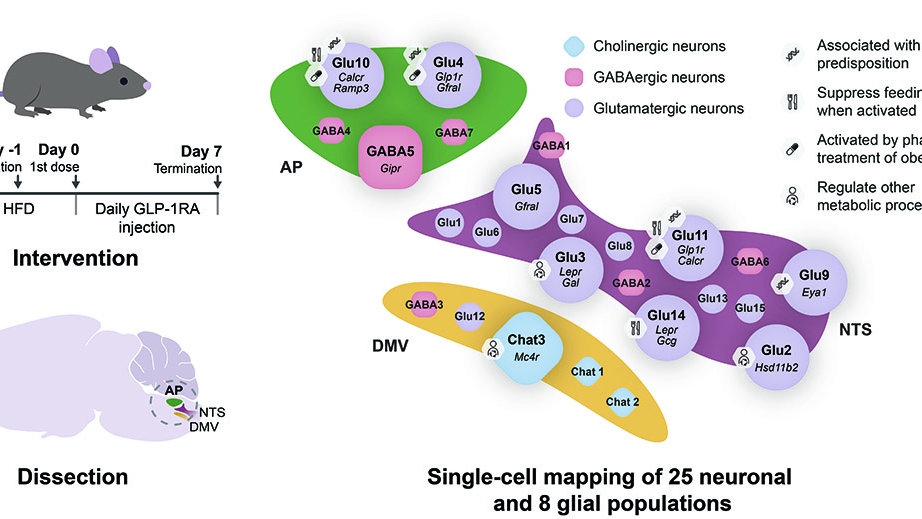
Unlocking the Mysteries of the Brain
Our understanding of the brain and its intricate workings continue to evolve, with groundbreaking discoveries that often open up new possibilities in the realm of medical treatments. One such breakthrough has been reported by researchers from the University of Copenhagen. They have identified a new group of neurons in the brainstem that receive information directly from the basal ganglia and control the right-left circuit. This circuit essentially determines whether we move to the right or left.
This fascinating discovery not only sheds light on the complex process of controlling voluntary movements but also may have significant implications for individuals suffering from Parkinson’s disease. As the researchers delve deeper into the brains of mice, they hope to identify a similar right-left circuit in the human brain.
Implications for Parkinson’s Disease
Parkinson’s disease is a neurodegenerative disorder marked by motor symptoms such as tremors, rigidity, and bradykinesia (slowness of movement). A common challenge faced by individuals with Parkinson’s is difficulty in turning. The discovery of this network of neurons in the brainstem of mice that control right and left turns could potentially lead to new treatments for this debilitating disease.
According to the study, mice with motor symptoms similar to those of people with Parkinson’s disease had difficulties turning. However, when the network of neurons in the Pontine reticular nucleus, oral part (PNO), was stimulated using optogenetics, a method that uses light to control neurons, the turning difficulties were alleviated. This suggests that deep brain stimulation may eventually be able to alleviate turning difficulties in individuals with Parkinson’s disease.
Published in Nature Neuroscience
The research has been published in the esteemed scientific journal Nature Neuroscience, which is known for featuring rigorous and impactful studies in the field of neuroscience. The breakthrough discovery offers a new understanding of the brain’s function and its connection to movement, and potentially, to Parkinson’s disease.
The Role of Sex Hormones
While the focus of the Copenhagen study was primarily on neurons and movement, it’s important to consider other aspects of brain health and function. For instance, an article published in the Journal of Personalized Medicine in 2024 titled ‘How Sex Hormones Affect Migraine: An Interdisciplinary Preclinical Research Panel Review’ discusses the impact of sex hormones, particularly estrogen and oxytocin, on the nervous system and their role in triggering migraines.
The article emphasizes the need for increased interest and funding for preclinical research on sex hormones, their metabolites, and receptors. The manipulation of sex hormones could potentially lead to novel therapeutic agents for migraine treatment, demonstrating the expansive potential of brain research.
A Glimmer of Hope
The discovery of the new group of neurons and their impact on the right-left circuit is a significant step forward in understanding the brain’s intricate workings. While there is still much to learn about the brain and its various connections, these findings offer a glimmer of hope for those living with Parkinson’s disease.
Advancements in neuroscience not only provide insights into the complex functioning of the brain but also open up potential avenues for new treatments. As research continues, there is hope that these findings can be translated into effective interventions for those suffering from neurological disorders like Parkinson’s disease and migraines.
Get the source article here


